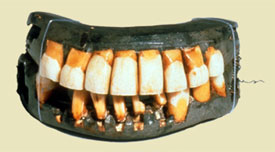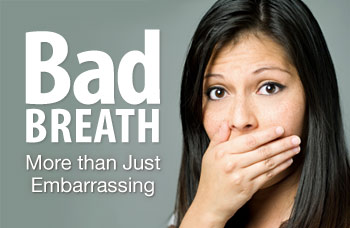The
Secret to Keeping your Teeth for Life
Everyone loves a good secret and everyone wants to keep
their teeth for life. Well, today I am going to share that secret with you! The
secret begins with one thing… YOU! YOU
have to be committed to good oral hygiene and keeping your teeth forever. You need to believe that it is possible, and
not only possible but probable if you follow these easy steps.
1. Pick a good dentist – I know what you are
thinking… "Dr. Schlotz, how will I know if I've picked a good dentist?" |
| Good Dentists! |
Is current
on the latest technology dentistry has to offer.
Stays current
on the latest research
Is concerned
about doing the least invasive procedure that is the most beneficial for their
patient.
Has a
well-educated and current team.
Makes you
feel comfortable in the chair.
Doesn’t
hurt.
Listens
to your concerns and addresses them (he's not a "Dr Knows Best" type - he interactively treats - with your consent).
2. Make sure you follow (have performed) recommended treatment at the recommended time – This means staying current with your hygiene appointments and dental exams. Skipping these could mean that little problems get bigger, which could cause more (and more involved, trickier) issues.
3. Watch what you eat – Don’t eat sweet, sticky
foods and drinks that stick to your teeth.
Also avoid highly acidic foods and drinks.
4. Avoid habits that can harm your teeth – These include
chewing ice, smoking, chewing tobacco, illegal drugs, excessive alcohol
consumption, biting into hard candies…
 |
| Broken tooth from tongue piercing |
5. Avoid tongue piercings – there has been an
epidemic of broken teeth from tongue piercings.
It is best to just avoid these.
6.
Use athletic mouth guards – if you are playing
contact sports make sure to protect your teeth with a mouth guard.
7. Use a Bite (night) Guard – if you grind or clinch your
teeth, make sure you talk to your dentist about your options, and follow
through!
8. Floss (or use Floss Alternative - see next) Daily – This is a big one! Between your teeth is the most commonly missed oral hygiene area. And it is the area where most "adult-onset" gum disease begins. New research is showing a tie-in with your overall (systemic) health that makes gum disease prevention that much more important! Gum disease prevention is proving to be not only tooth-sparing - but also life-prolonging!
9. Floss Alternatives include proxy-brushes (many different types of new ones are out there) and "Rota-Points" (plastic, tooth contoured, gum-friendly cleaners). The "Rota-Points" are an absolute favorite among the many, many patients who cannot (or will not) floss. They're quick, ez and very, very effective.
10. Brush at least twice a day – Brushing after each meal is preferred, but if you can’t, brushing for two minutes at least twice a day would be great.
10. Brush at least twice a day – Brushing after each meal is preferred, but if you can’t, brushing for two minutes at least twice a day would be great.
11. After meals – rinse with water and chew a piece
of sugar-free gum, if you can’t brush.
12. Do your recommended orthodontic work – having teeth that are in proper alignment helps with hygiene, but it also helps the teeth to match up properly avoiding excessive wear and tear on your teeth.
13. Educate yourself and talk to your dentist – Remember these are your teeth, make them last! Do all you can for your teeth and they will last you your entire life! Keep smiling folks!














